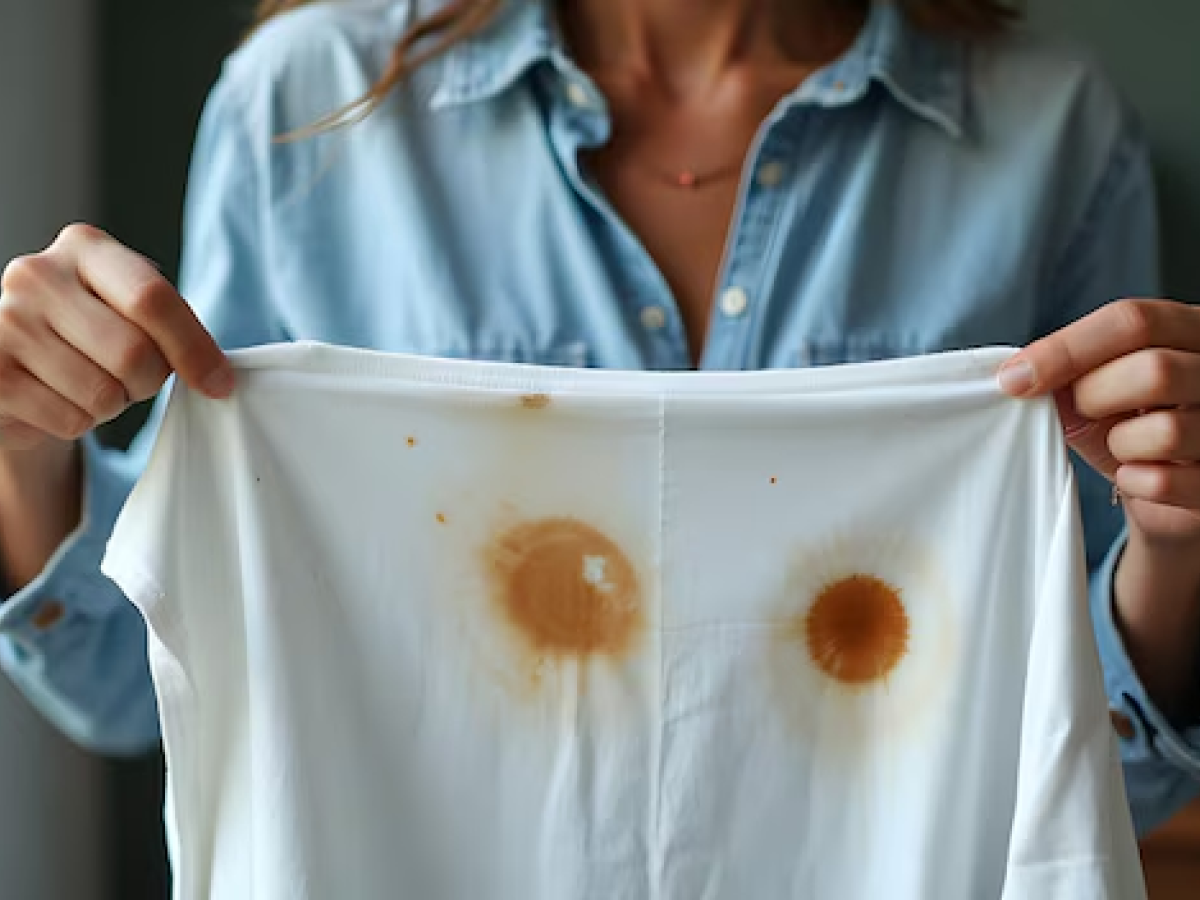Stains are an inevitable part of life, but they don’t have to ruin your clothes. Whether it’s a coffee spill, a grass stain, or grease from your favorite meal, removing tough stains doesn’t have to be difficult if you know the right techniques. With a little knowledge and the right tools, you can successfully tackle most stubborn stains and restore your garments to their former glory. Here’s a guide on how to effectively remove even the most challenging stains.
1. Identify the Type of Stain
Understanding the type of stain you are dealing with is the first step in choosing the correct treatment. Stains are typically divided into three categories:
- Oil-based stains: These include cooking oils, butter, and grease.
- Water-based stains: Common examples are coffee, wine, and juice.
- Protein-based stains: Blood, sweat, and dairy products fall into this category.
Each type of stain requires a different approach, so it’s important to identify what kind of stain you’re dealing with before proceeding with treatment.
2. Act Quickly
The faster you act, the better your chances of removing the stain. When a stain sets in, it becomes much harder to remove. For liquid spills, immediately blot the stain with a clean cloth or paper towel to absorb as much of the liquid as possible. Avoid rubbing the stain, as this can push it deeper into the fabric, making it more difficult to remove.
3. Use Cold Water for Protein Stains
Protein-based stains like blood, sweat, and dairy products respond best to cold water. Using hot water can cause the proteins to set into the fabric, making them harder to remove.
- Steps to treat protein stains:
- Rinse the stained area with cold water.
- Apply a stain remover or detergent directly to the stain.
- Let it sit for 5–10 minutes.
- Wash the garment in cold water.
For bloodstains, applying hydrogen peroxide or using a baking soda paste can help lift the stain before washing.
4. Use Dish Soap for Oil-Based Stains
Oil and grease stains can be challenging because they don’t easily dissolve in water. Dish soap, designed to cut through grease on dishes, is a great solution for oil-based stains on clothing.
- Steps to treat oil-based stains:
- Blot the stain with a paper towel to absorb any excess oil.
- Apply a small amount of dish soap to the stain and gently rub it in with your fingers.
- Let the soap sit for 5–10 minutes to break down the oil.
- Rinse with warm water and wash the garment as usual.
For particularly stubborn stains, you can also sprinkle baking soda on the stain to absorb the oil before washing.
5. Use Vinegar for Water-Based Stains
Water-based stains like coffee, juice, and wine can often be removed using vinegar. White vinegar is a natural stain remover that helps break down these types of stains.
- Steps to treat water-based stains:
- Blot the stain with a clean cloth.
- Mix equal parts vinegar and water and apply the solution to the stain.
- Let it sit for 10 minutes, then rinse with cold water.
- Wash the garment in cold or warm water.
If the stain persists, try using a commercial stain remover or repeat the vinegar treatment before washing again.
Conclusion
Stains don’t have to spell the end of your favorite clothes. With quick action, the right products, and targeted techniques, most stubborn stains can be effectively removed. Remember to always test any cleaning method on an inconspicuous part of the garment to ensure it doesn’t damage the fabric. Whether you’re dealing with protein, oil, or water-based stains, this guide provides simple, effective methods for keeping your clothes looking fresh and clean.



